This article covers the development of transparent and flexible supercapacitors by researchers at Edinburgh Napier University.
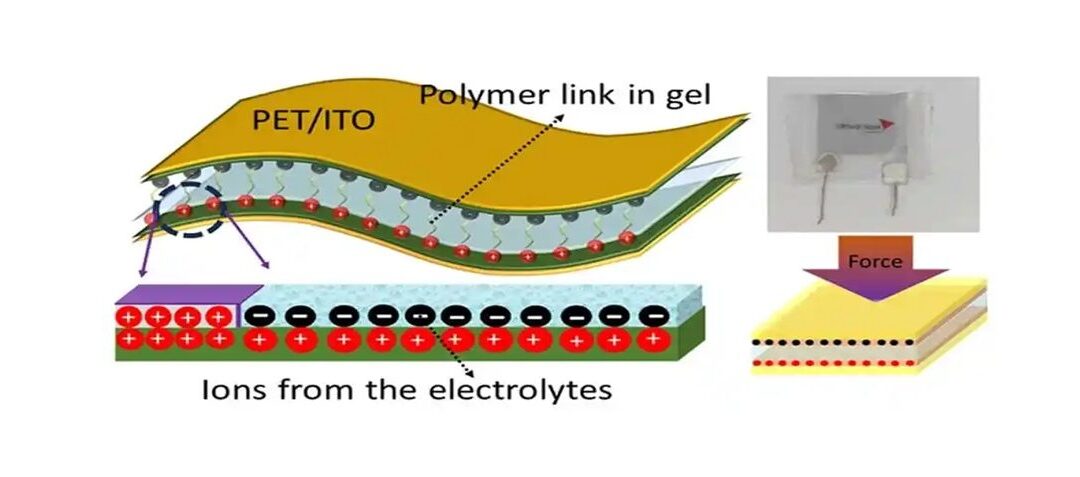

This article covers the development of transparent and flexible supercapacitors by researchers at Edinburgh Napier University.

This article discusses the development of 3D multi-layer carbon tube (MLCT) supercapacitors for AC line filtering.
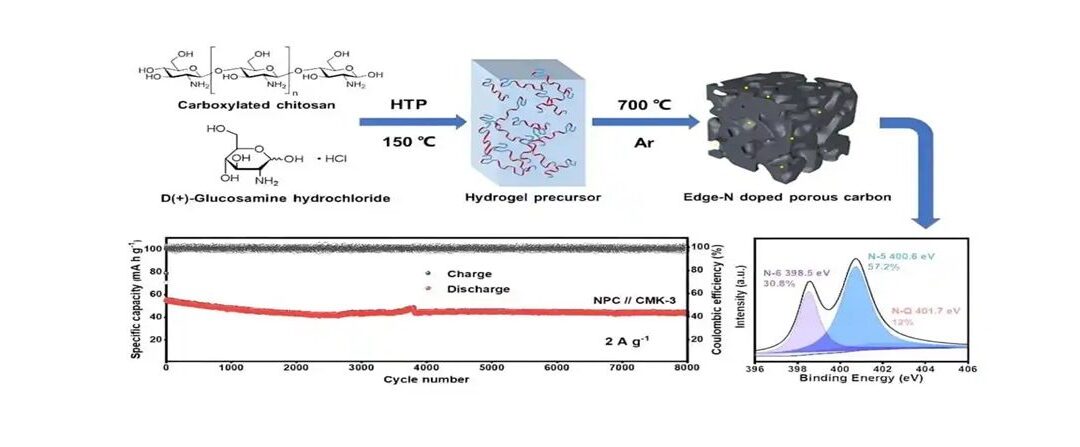
Nitrogen-doped porous carbon anode improves potassium-ion hybrid supercapacitors’ capacity, cycle life, and energy storage efficiency.
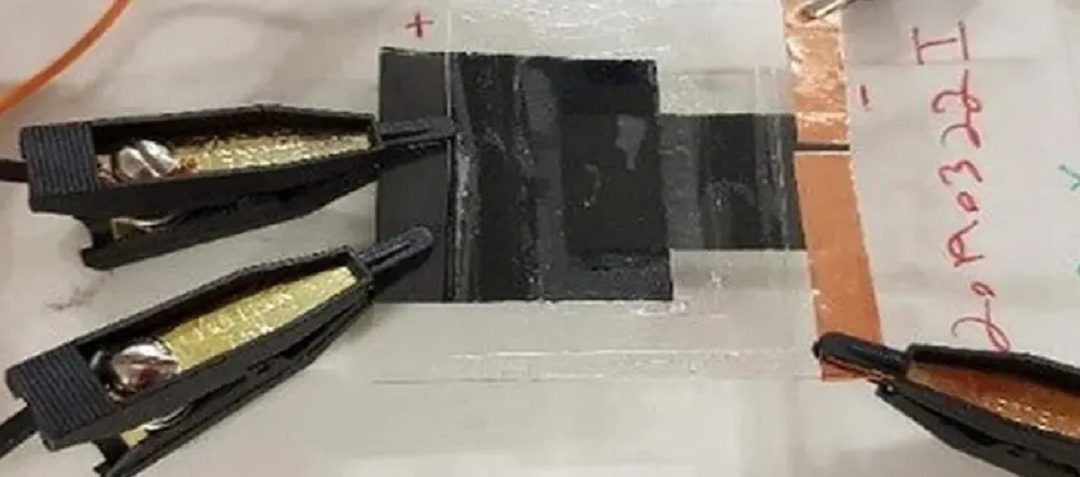
Additive manufacturing of monolithic supercapacitors enhances performance and eco-friendliness, ideal for IoT applications.
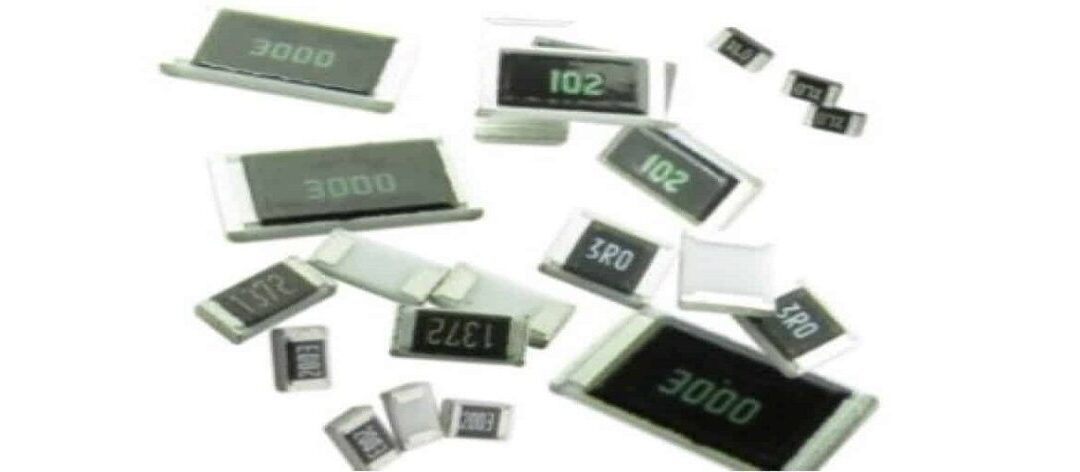
This article explains the basic definition of electrical resistance, What a resistor is? as a passive electronic component, and its main application...
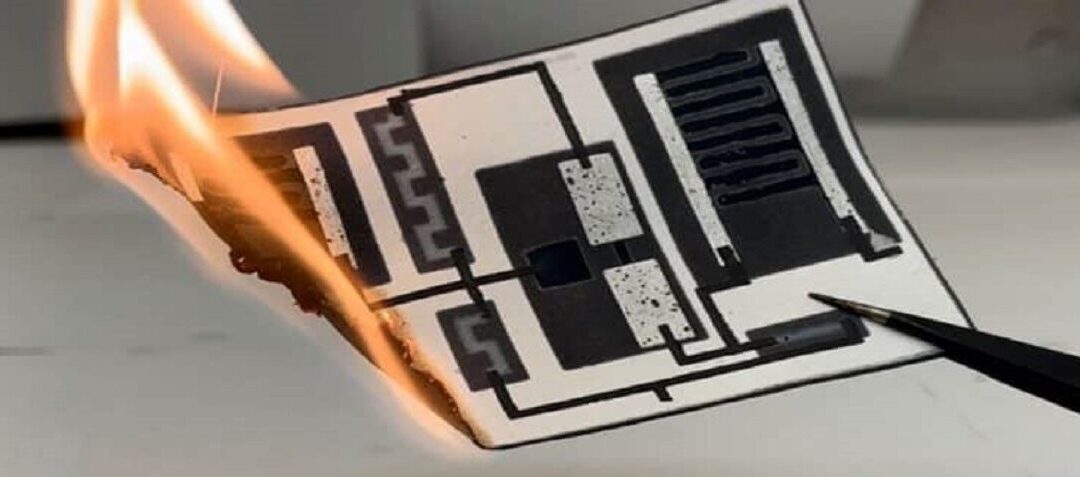
Researchers from the State University of New York at Binghamton reported in ACS Applied Materials & Interfaces a prototype circuit board with...
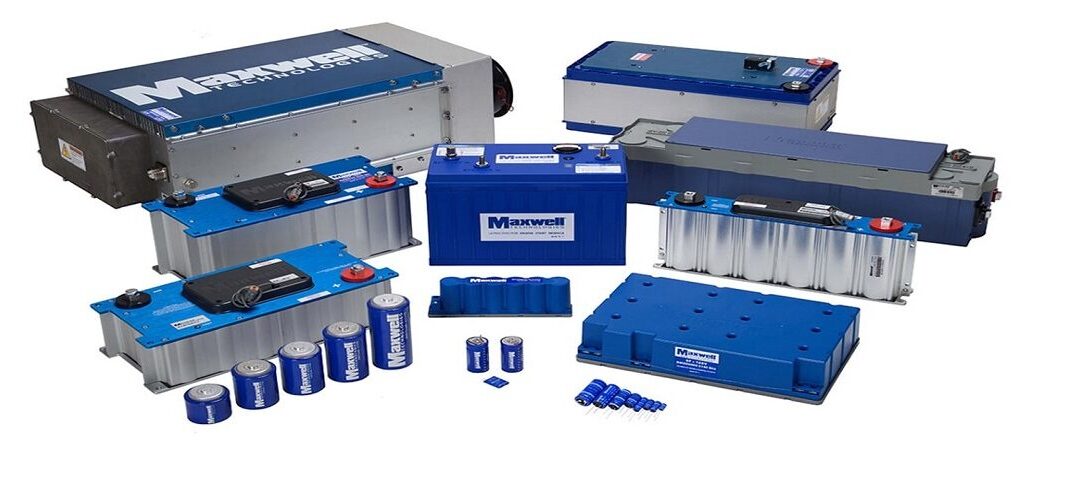
The time constant of capacitors is the time needed to discharge a loaded capacitor through the insulation resistance (IR) to 1/e (~37%) of the...
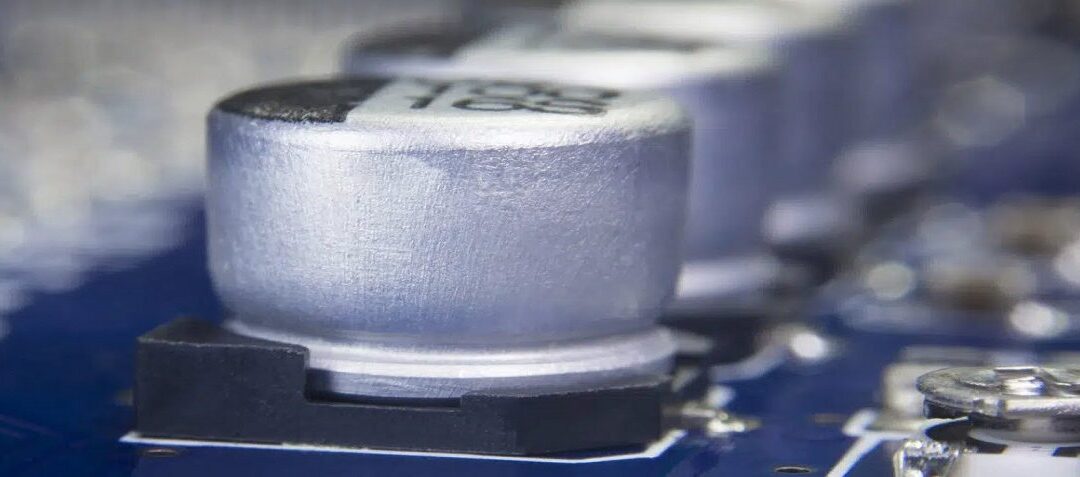
This article provides an in-depth overview of aluminum electrolytic capacitors, highlighting their construction, features, and types.
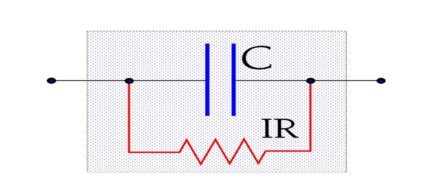
Insulation resistance (IR) measures a capacitor’s charge retention and self-discharge prevention, affecting overall performance.

Supercapacitors are used as DC energy storage media, short high-power charge storage (automotive start-stop systems), backup for semiconductor...
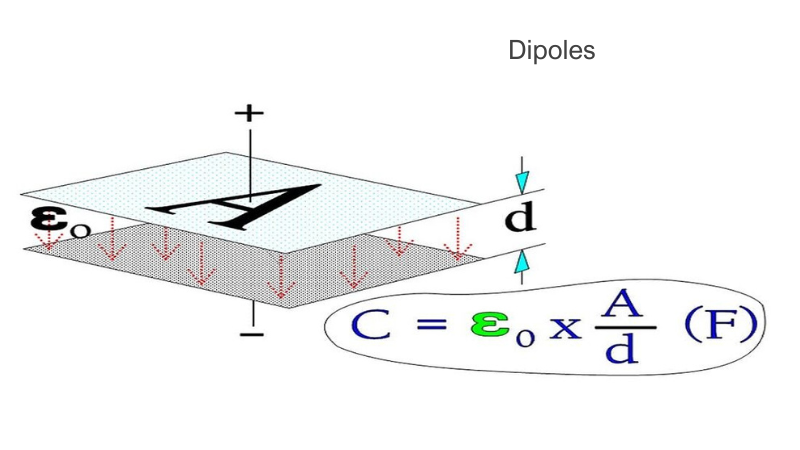
Dipoles in capacitors align with electric fields, enhancing capacitance. Their behavior varies with frequency, affecting capacitance over time.
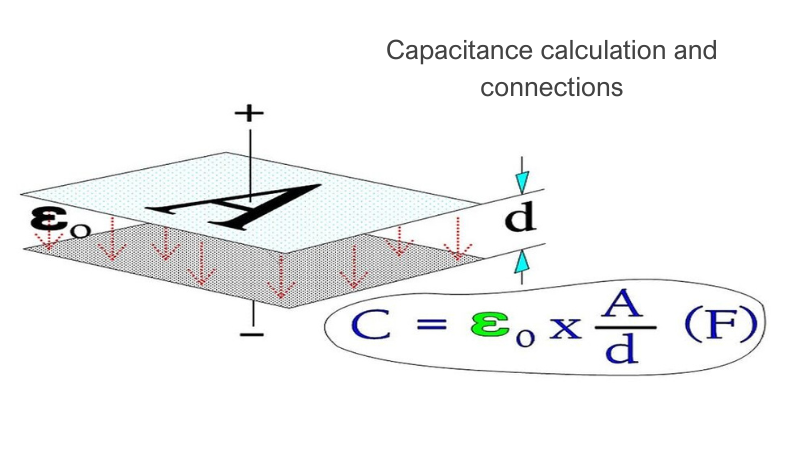
The post discusses different methods of connecting capacitors and how it affects total capacitance: parallel connection, series connection, mixed dielectrics, capacitor geometry and standardization.
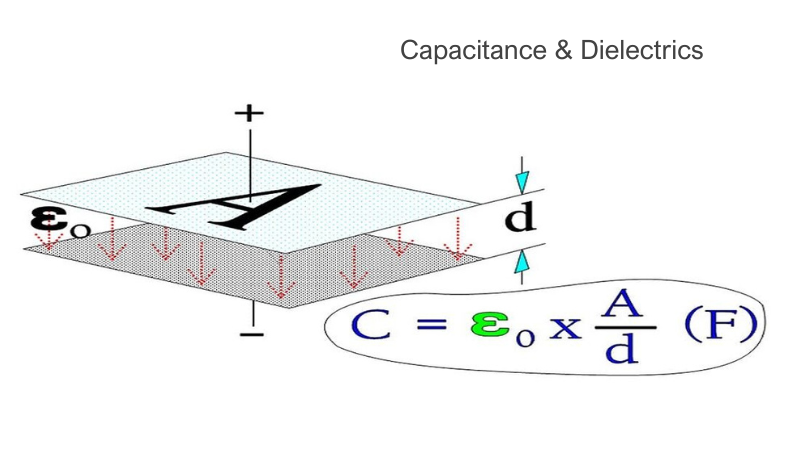
The post explains how capacitance in a capacitor is determined by factors such as the characteristics of the dielectric material.
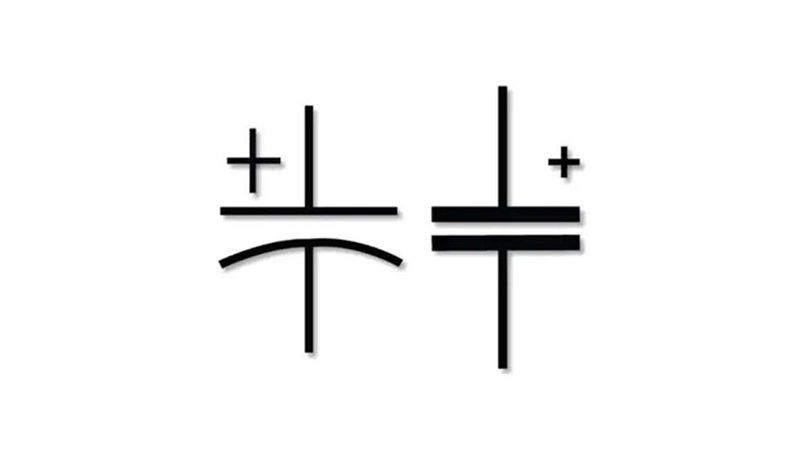
Explanation of electrolytic capacitors, covering materials, construction, electrolyte types, applications, and performance factors.
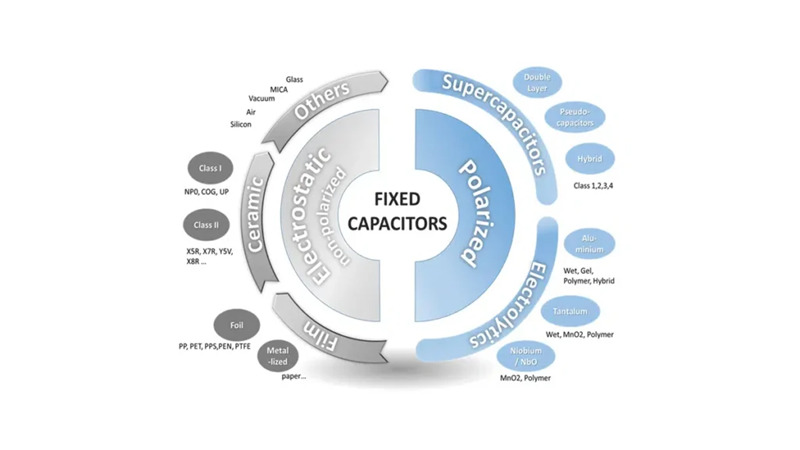
An overview of capacitor technologies, discussing the major types of fixed capacitors: electrostatic, electrolytic, and supercapacitors.
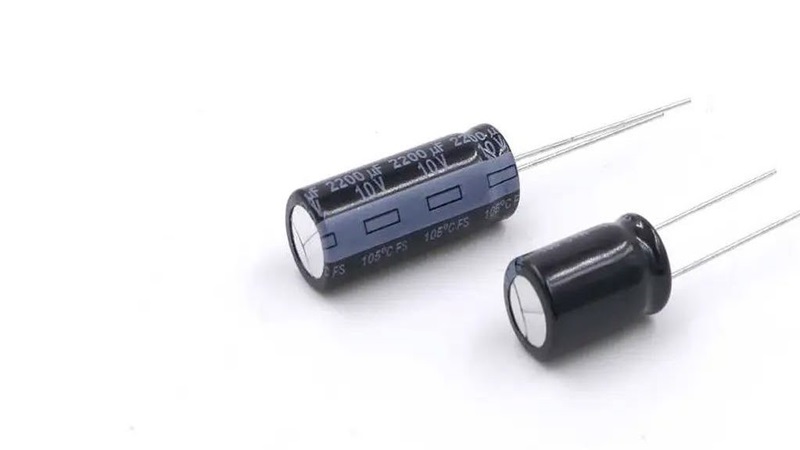
Explanation of electrolytic capacitors, covering materials, construction, electrolyte types, applications, and performance factors.

Overview of Glass, Mica, Air, and Vacuum capacitors, highlighting their construction, applications, and performance.

“What is a capacitor?” explains about various capacitor technologies, such as air/vacuum, aluminum, ceramic, film, and supercapacitors, their basic structure and their uses.
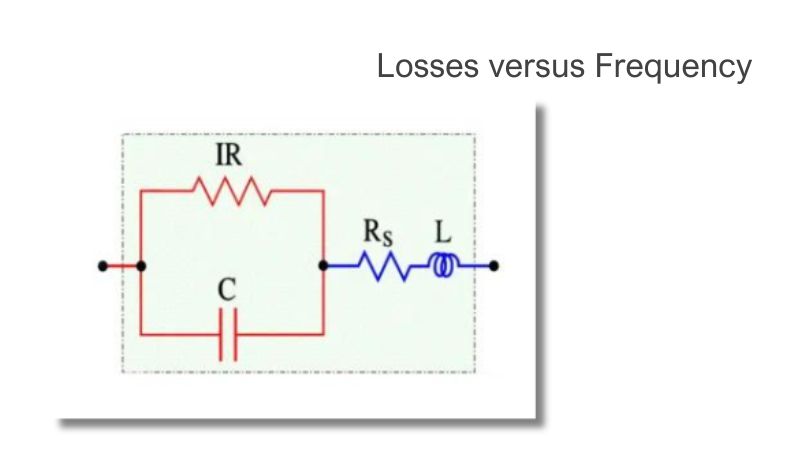
Capacitor losses versus frequency depend on dielectric dipoles, with polar materials showing resonance peaks due to dipole reactions at specific frequencies.
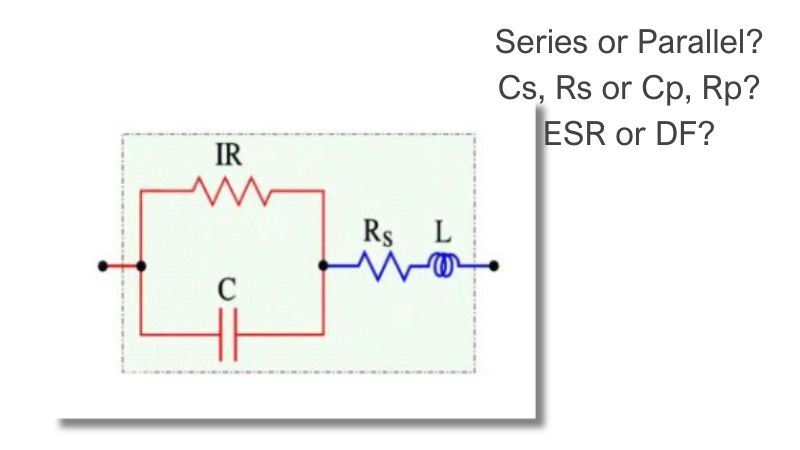
Differences between Series vs Parallel equivalent circuits for capacitors, focusing on impedance, ESR, and dissipation factor in high-frequency applications.